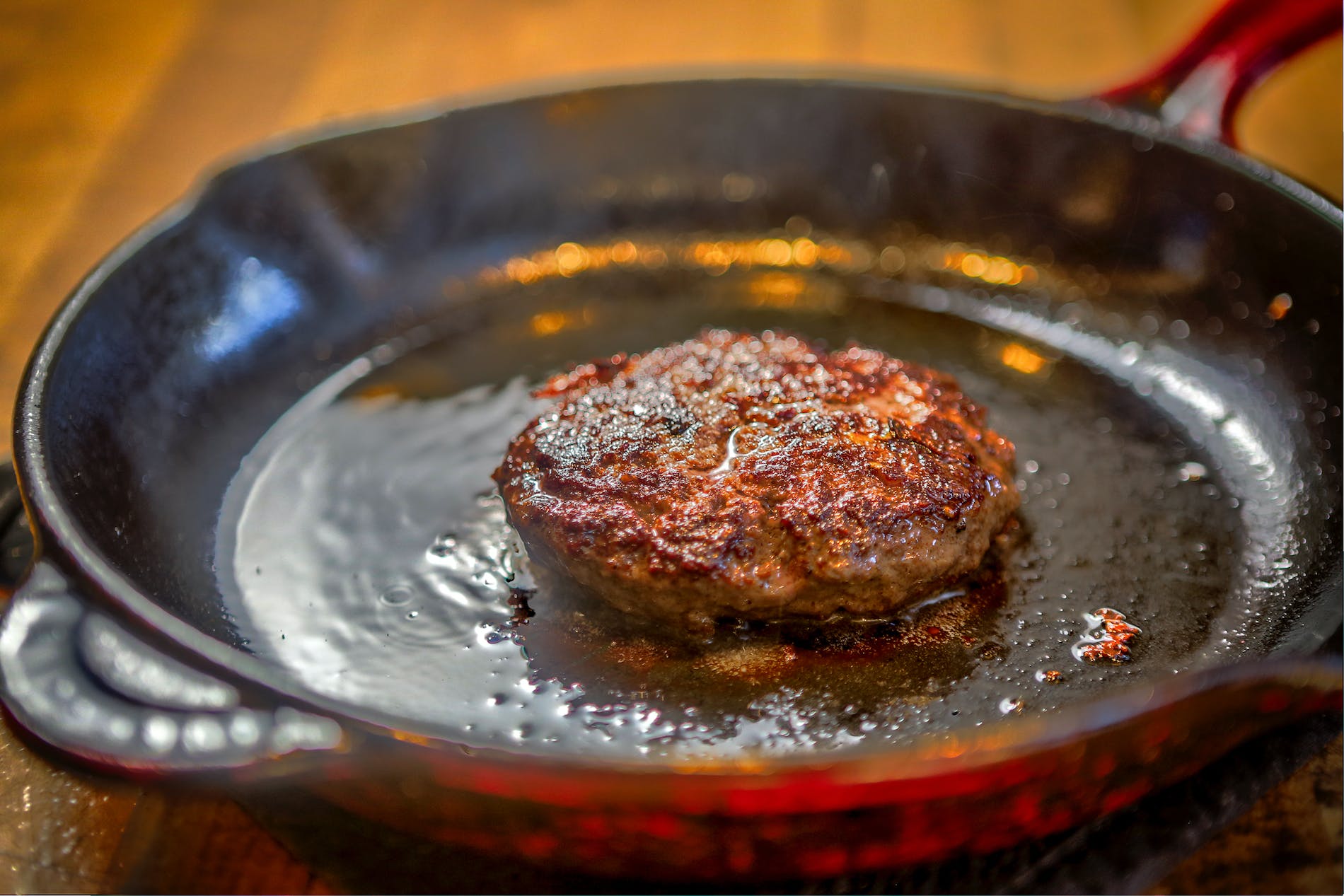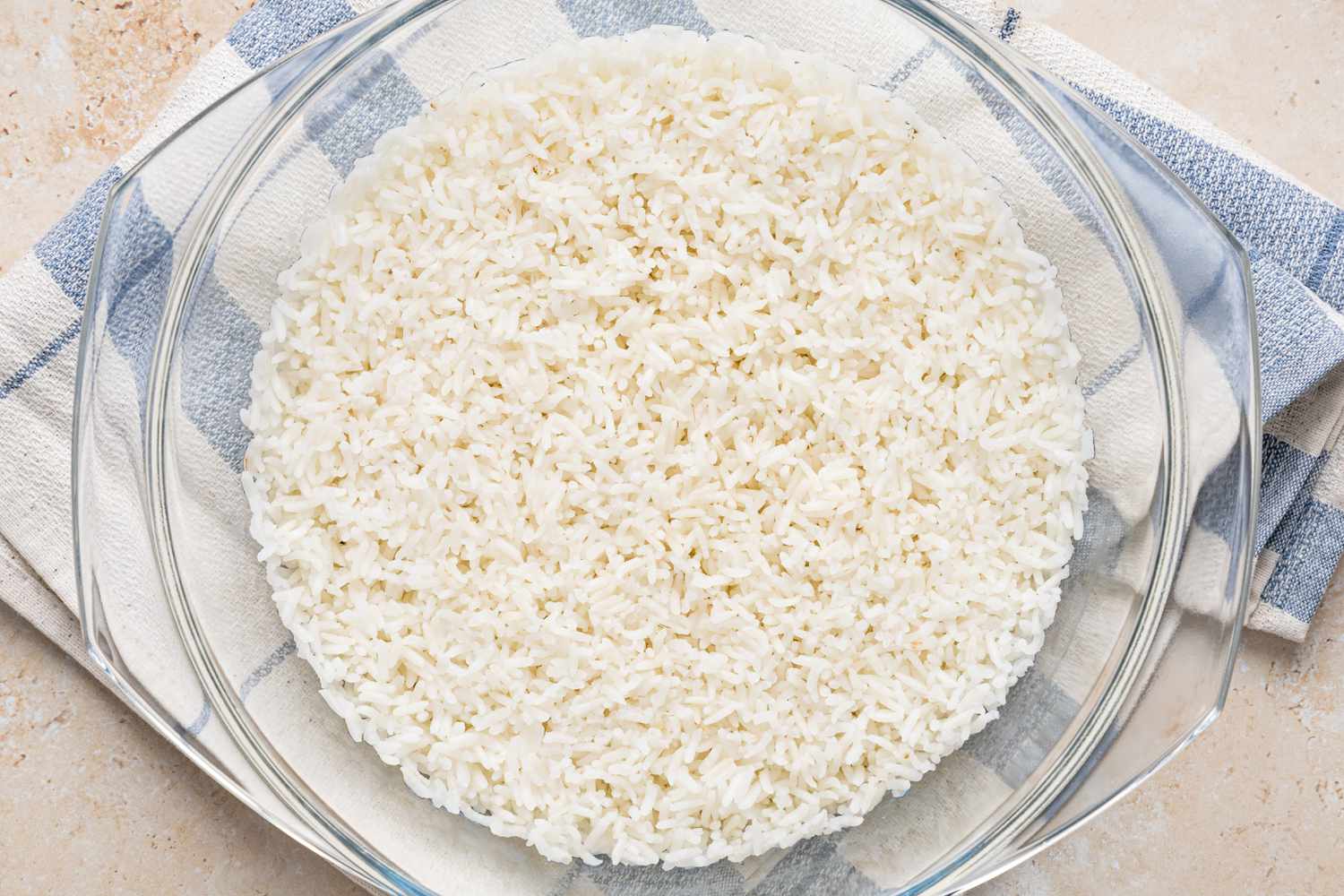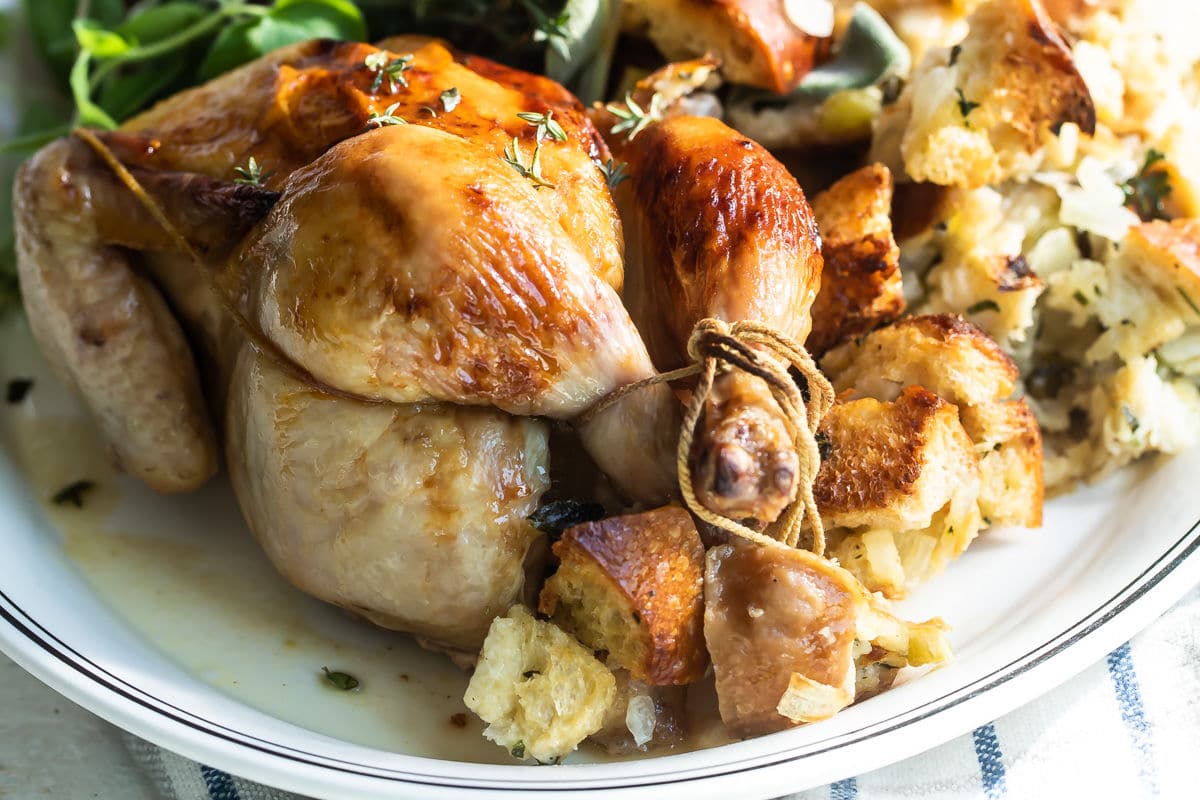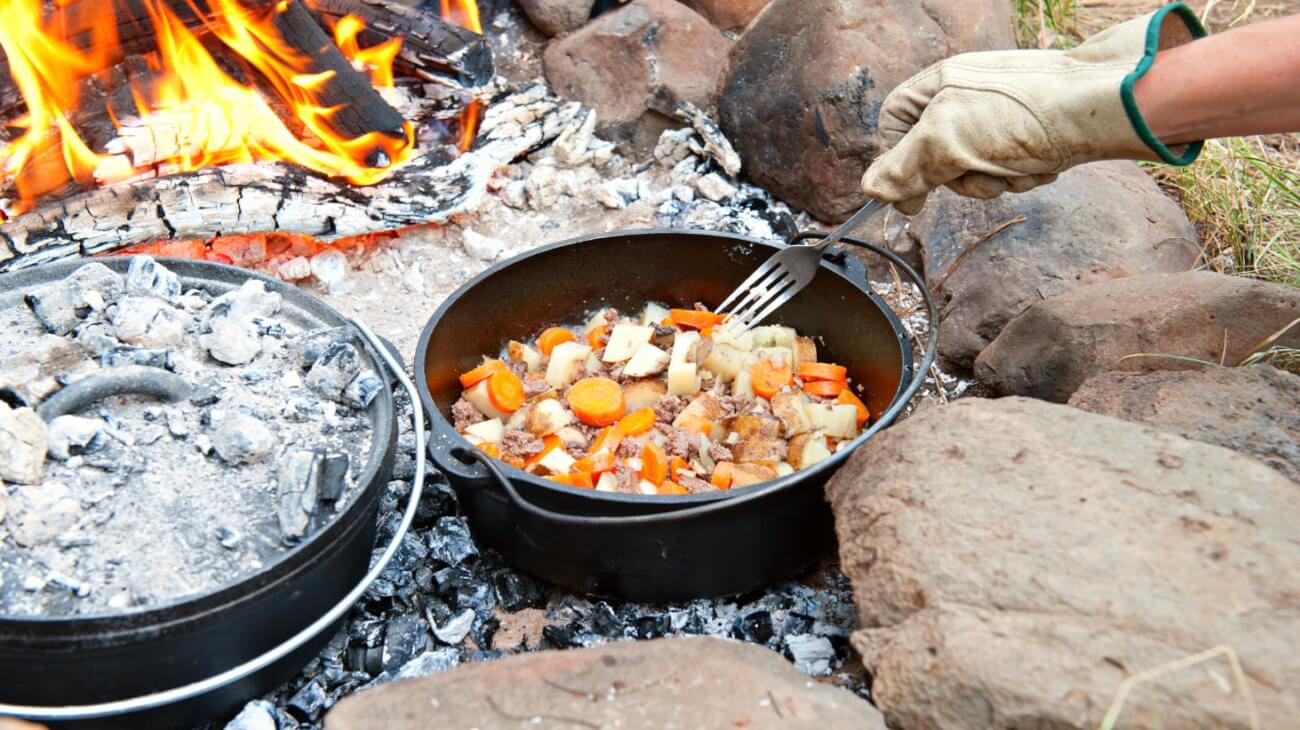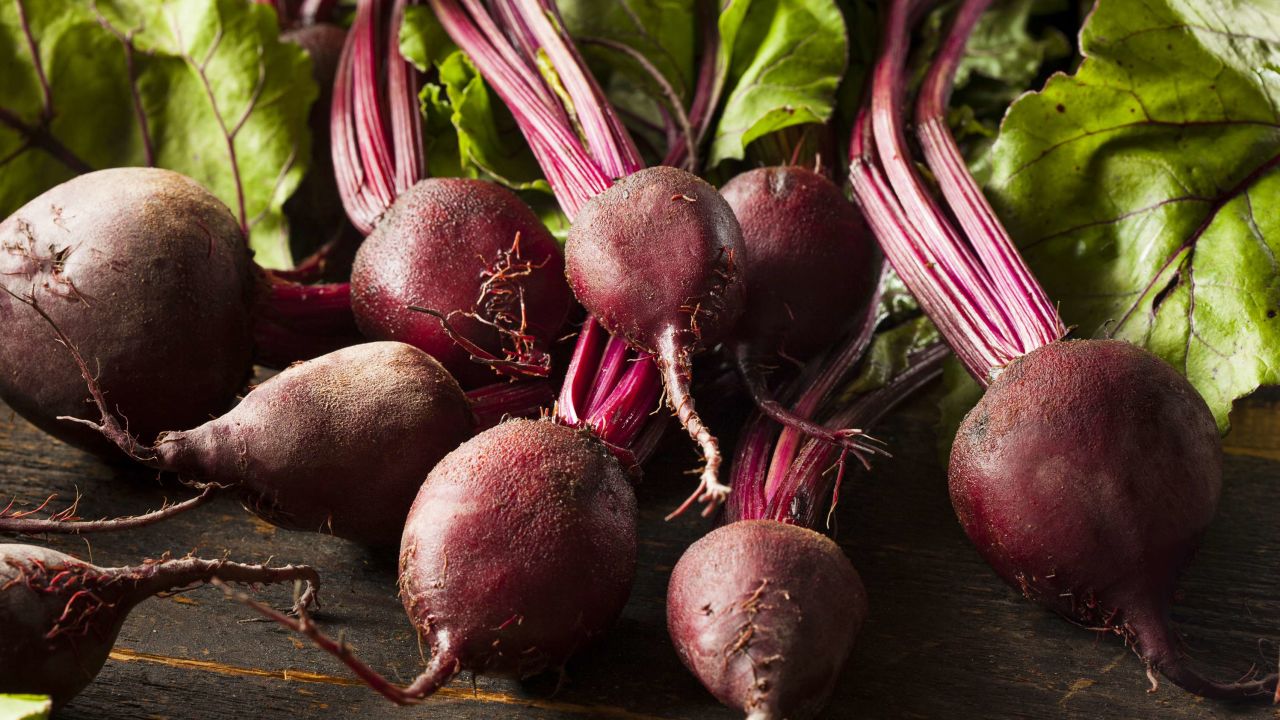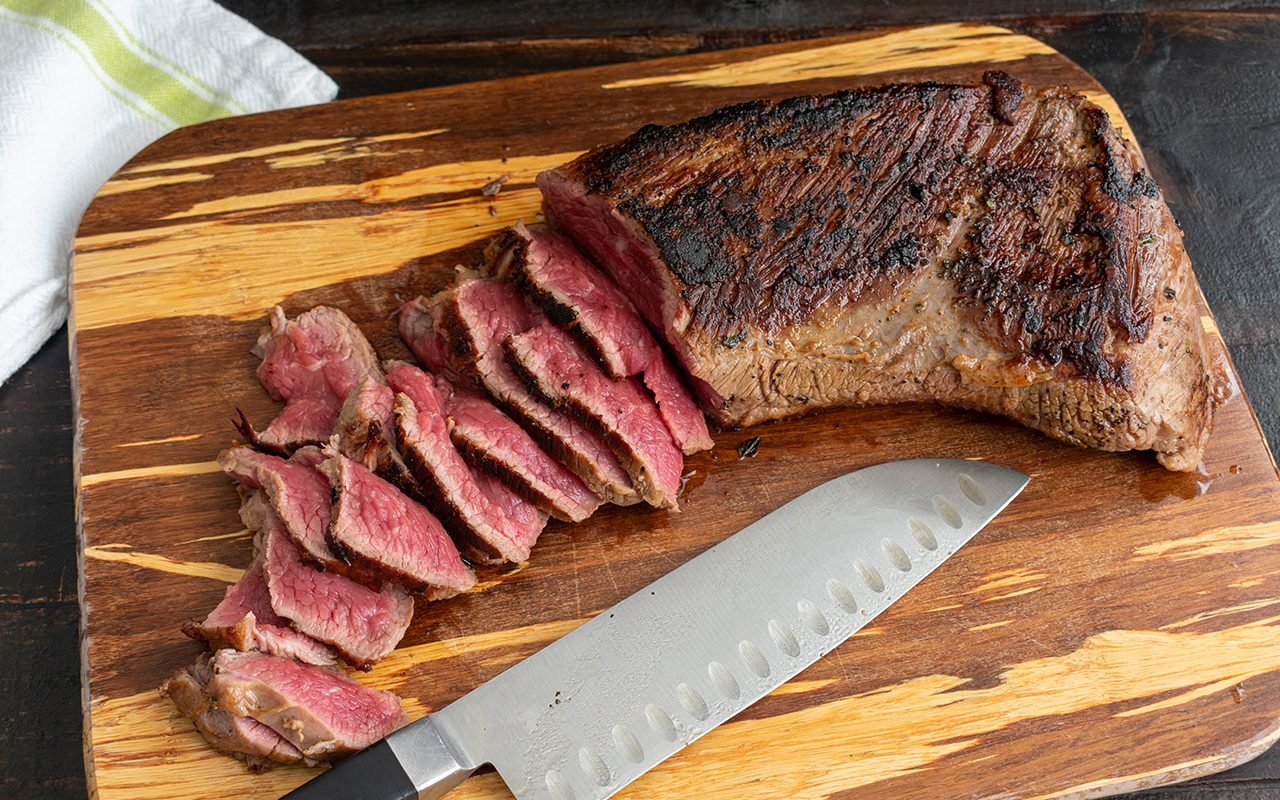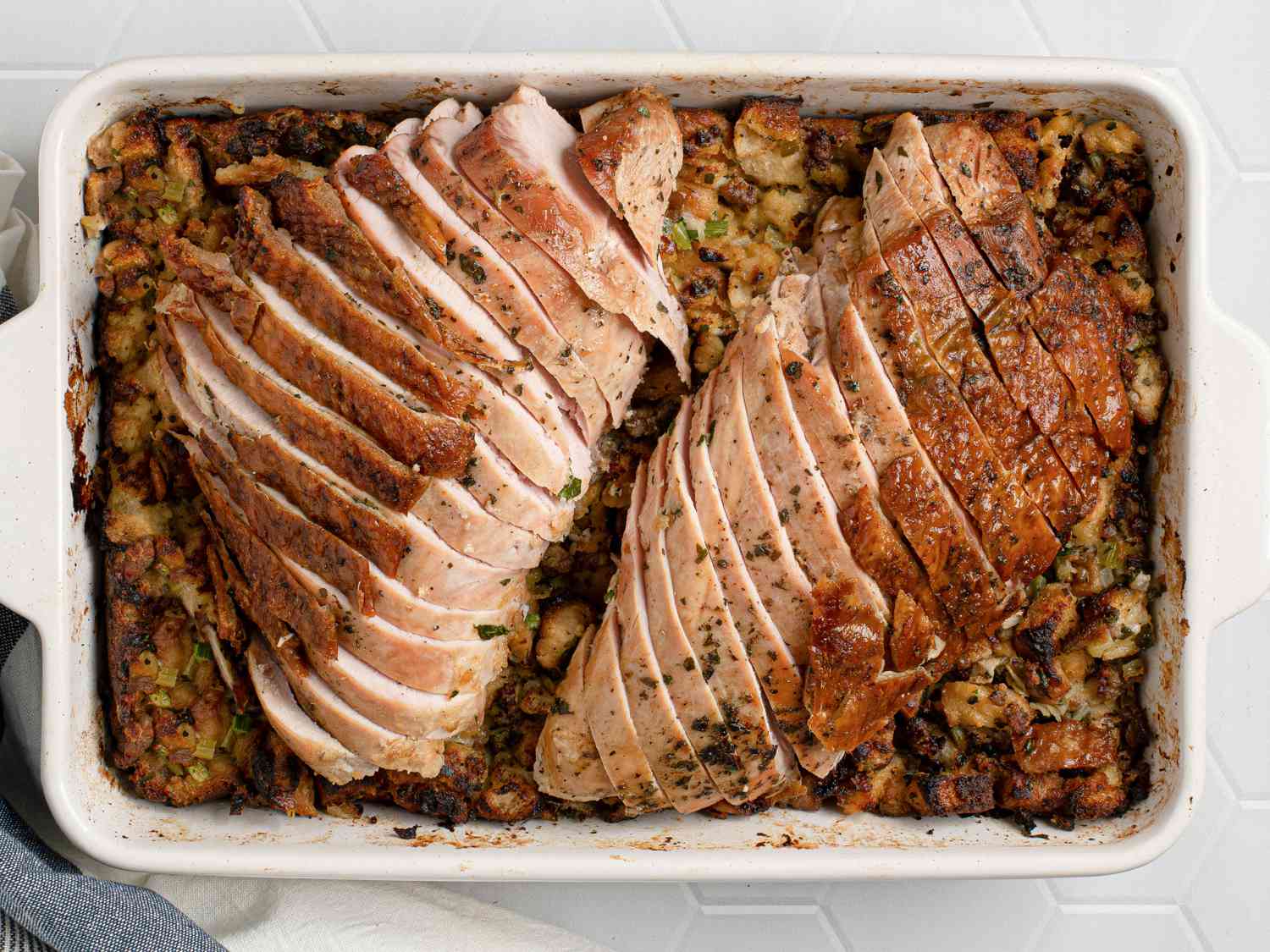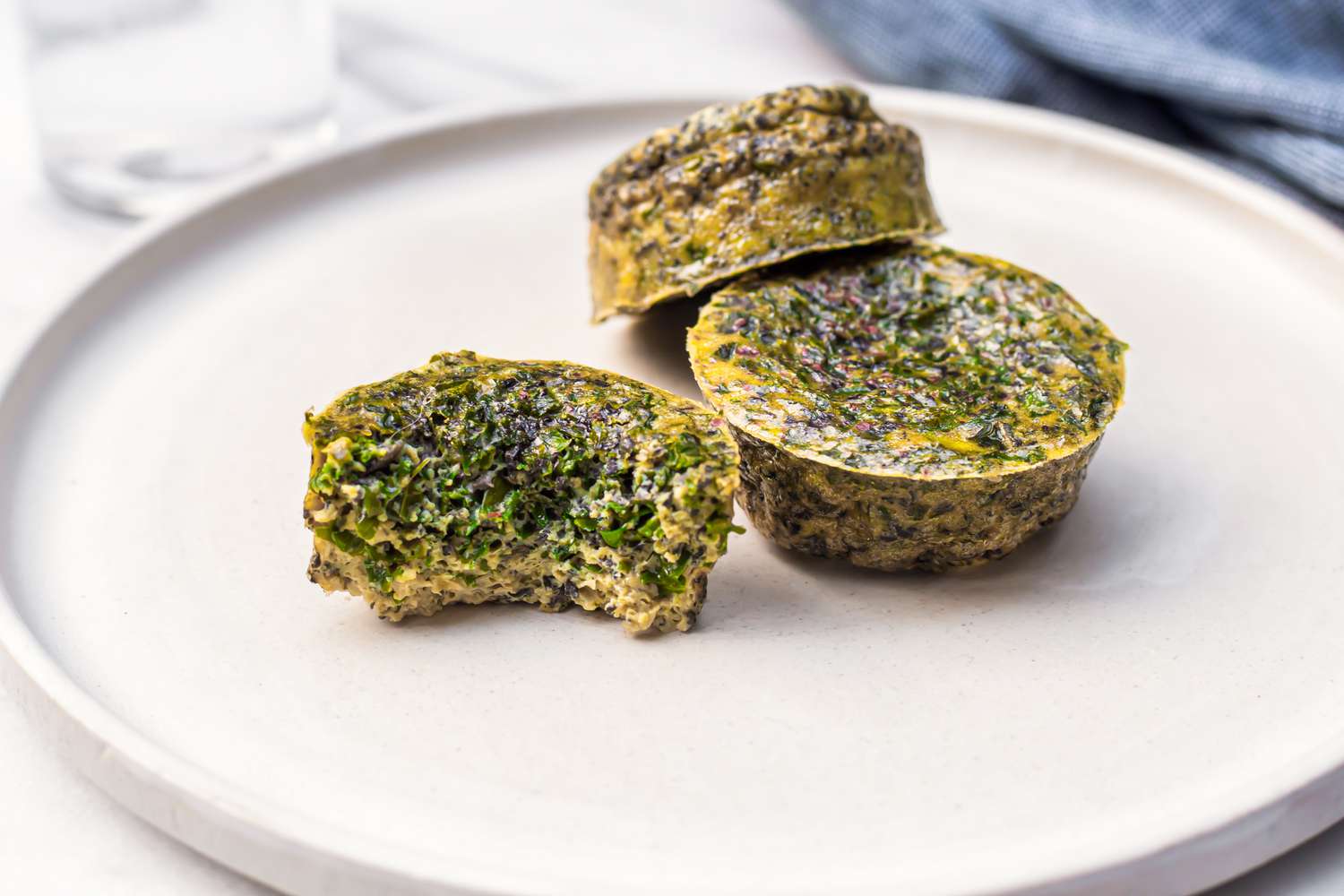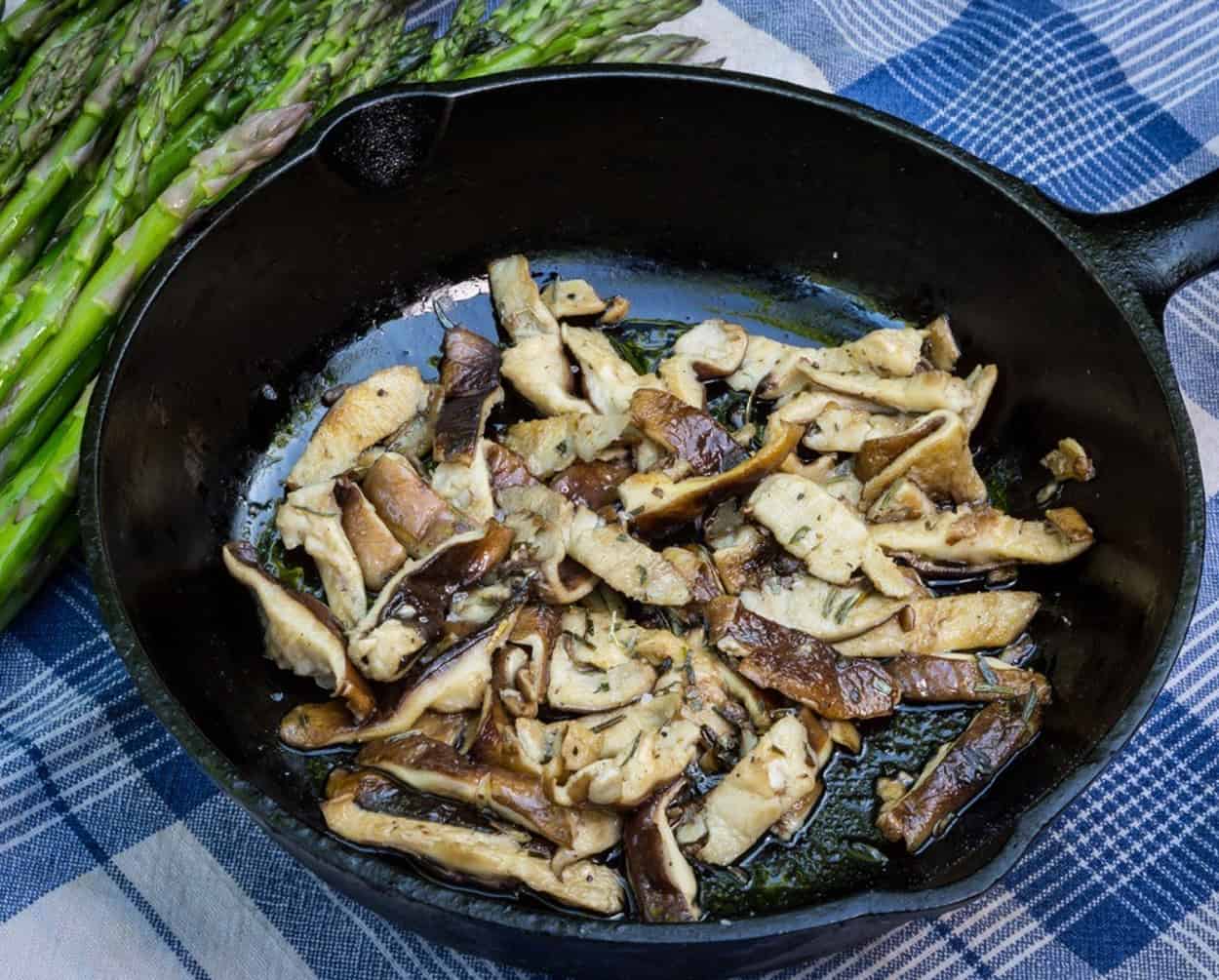Perfectly Cooked Breakfast Sausage Links: A Stovetop Delight!
Are you craving a delicious and satisfying breakfast? Look no further! In this article, we’ll guide you through the simple steps to cook mouthwatering breakfast sausage links on the stovetop. Let’s get cooking and start your day off right!
Why Choose Stovetop Cooking?
While there are various methods to cook breakfast sausage links, cooking them on the stovetop offers several advantages:
- Control: Stovetop cooking allows you to precisely control the heat, ensuring even cooking and preventing overcooking or undercooking.
- Flavor: Cooking sausage links on the stovetop helps retain their natural flavors and juices, resulting in a delectable and juicy breakfast.
- Speed and Convenience: Stovetop cooking is quick and convenient, making it an ideal choice for busy mornings when you need a delicious breakfast in a hurry.
Step-by-Step Guide:
Follow these simple steps to cook your breakfast sausage links to perfection:
- Choose a non-stick skillet or cast-iron pan that comfortably accommodates the number of sausage links you plan to cook.
- Place the skillet on the stovetop and set the heat to medium-high.
- Add a teaspoon of oil or butter to the skillet and let it melt.
- Carefully place the sausage links in the skillet, leaving enough space between each link to ensure even cooking.
- Cook the sausages for about 2-3 minutes on each side or until they develop a beautiful golden-brown color.
- Using tongs, flip the sausages and cook for an additional 2-3 minutes on the other side.
- To ensure that the sausages are fully cooked, use a meat thermometer. Insert it into the center of one of the sausages. The internal temperature should reach 160°F (71°C).
- Once cooked, transfer the sausages to a plate lined with a paper towel to absorb any excess grease.
- Allow the sausages to cool slightly before serving. This will prevent you from burning your mouth and let you enjoy the full flavor of the sausages.
Delicious Serving Suggestions:
Now that your breakfast sausage links are cooked to perfection, it’s time to enjoy them in various ways:
- Serve them on a toasted bun or English muffin for a classic breakfast sandwich.
- Pair them with scrambled eggs, b
Want to share your tips and tricks for cooking breakfast sausage links on the stove? Join the discussion in the Cooking Techniques forum and let us know how you make your morning sausage sizzle!FAQ:The best way to cook breakfast sausage links on the stove is to use a non-stick skillet or frying pan.How do I prepare the skillet before cooking sausage links?Before cooking sausage links, it is recommended to preheat the skillet over medium heat and lightly coat it with cooking spray or a small amount of oil.How long should I cook breakfast sausage links on the stove?Cook breakfast sausage links on the stove for approximately 10-12 minutes, turning them occasionally to ensure even cooking.Should I cook sausage links on high heat or low heat?It is best to cook breakfast sausage links on medium heat to avoid burning or undercooking. Cooking them on high heat can cause the outside to burn while the inside remains undercooked.Can I season the sausage links before cooking?Yes, you can season the sausage links before cooking them on the stove. You can sprinkle them with salt, pepper, or any other desired seasonings according to your taste preferences.Is it necessary to add water or liquid while cooking sausage links on the stove?No, it is not necessary to add water or liquid while cooking sausage links on the stove. The natural fats in the sausage will provide enough moisture for cooking.How do I know when the breakfast sausage links are fully cooked?To check if the breakfast sausage links are fully cooked, you can carefully cut one open. If the inside is no longer pink and the juices run clear, they are done. Alternatively, you can use a food thermometer to ensure the internal temperature reaches 160°F (71°C).
